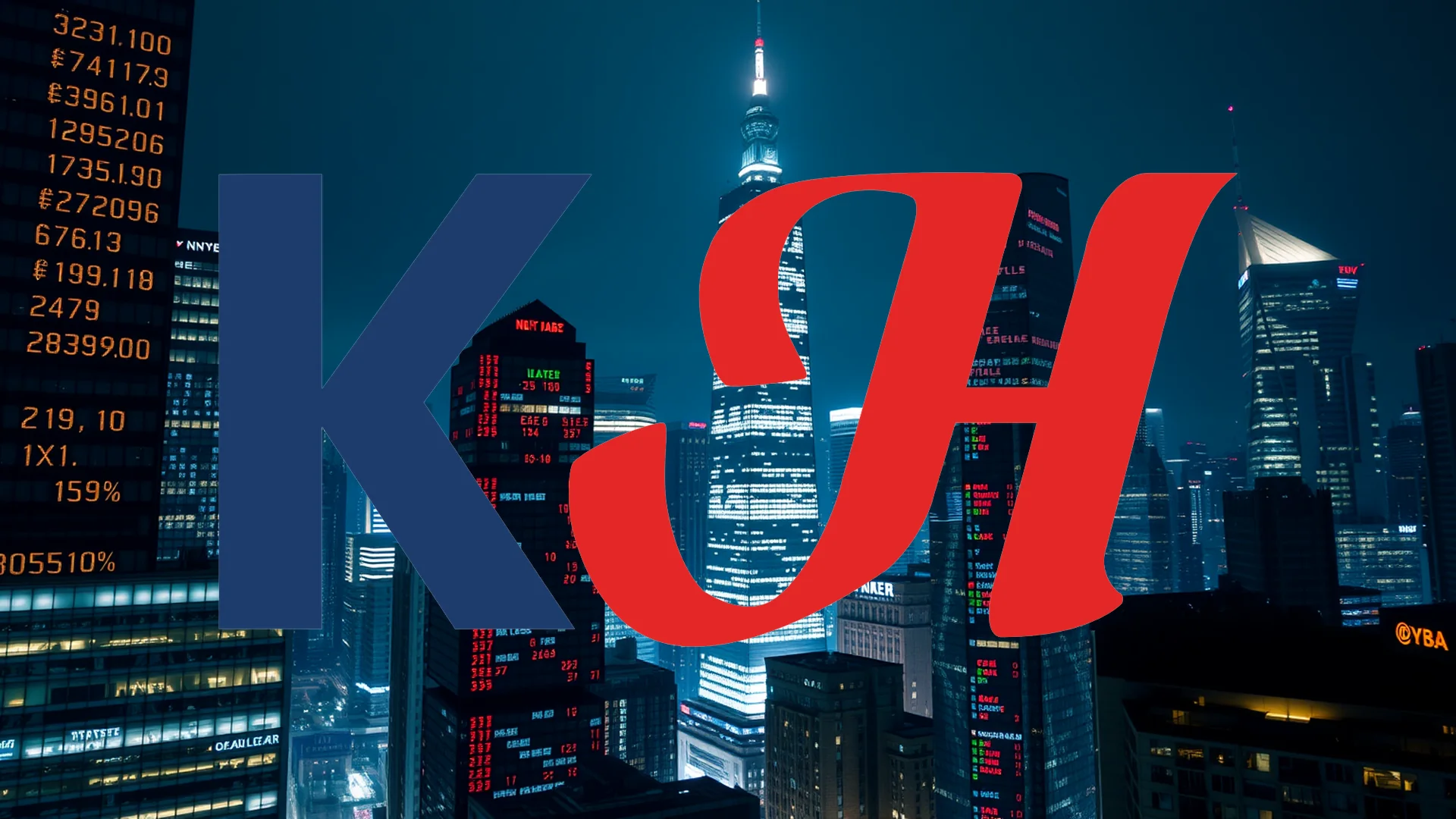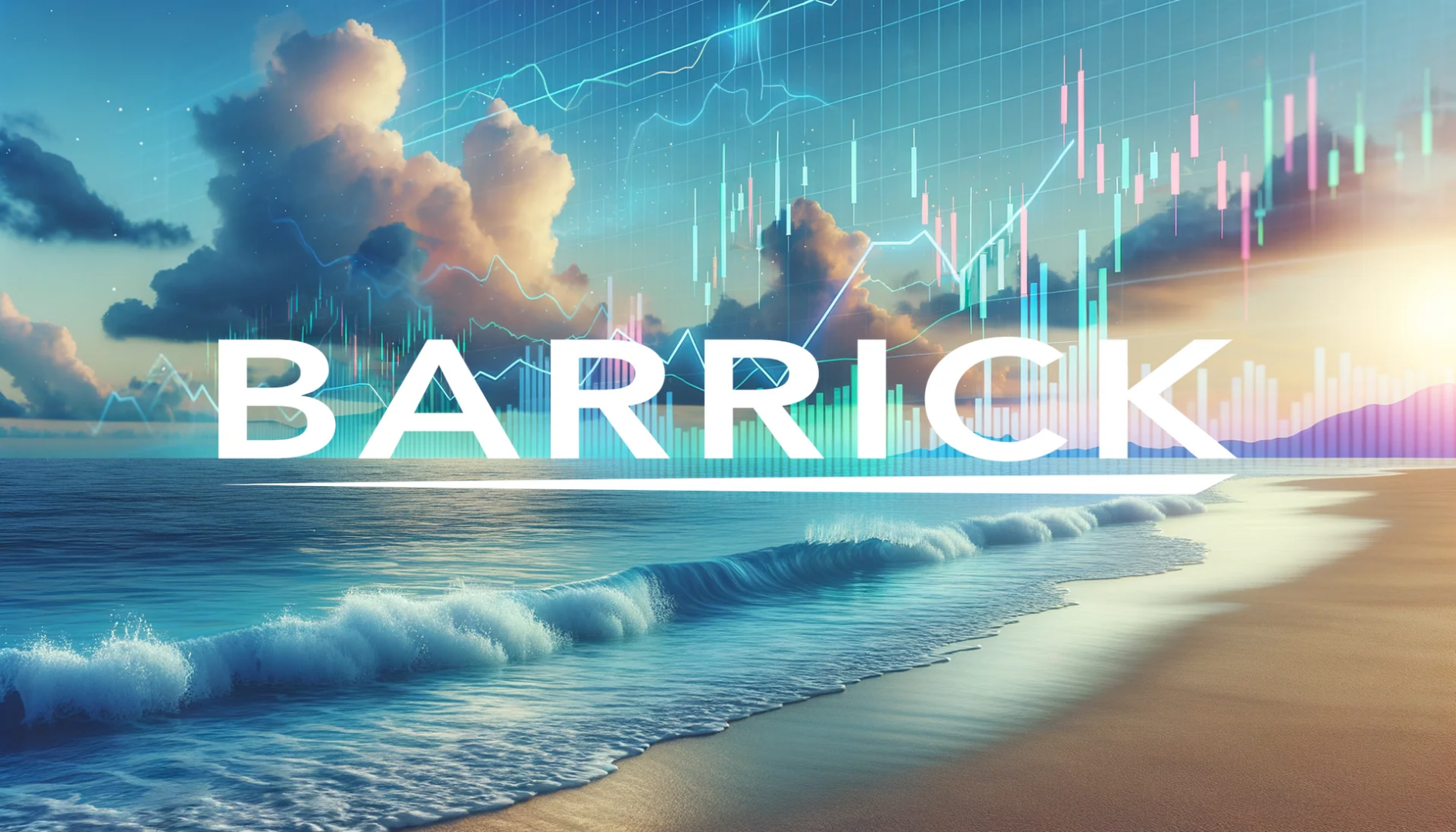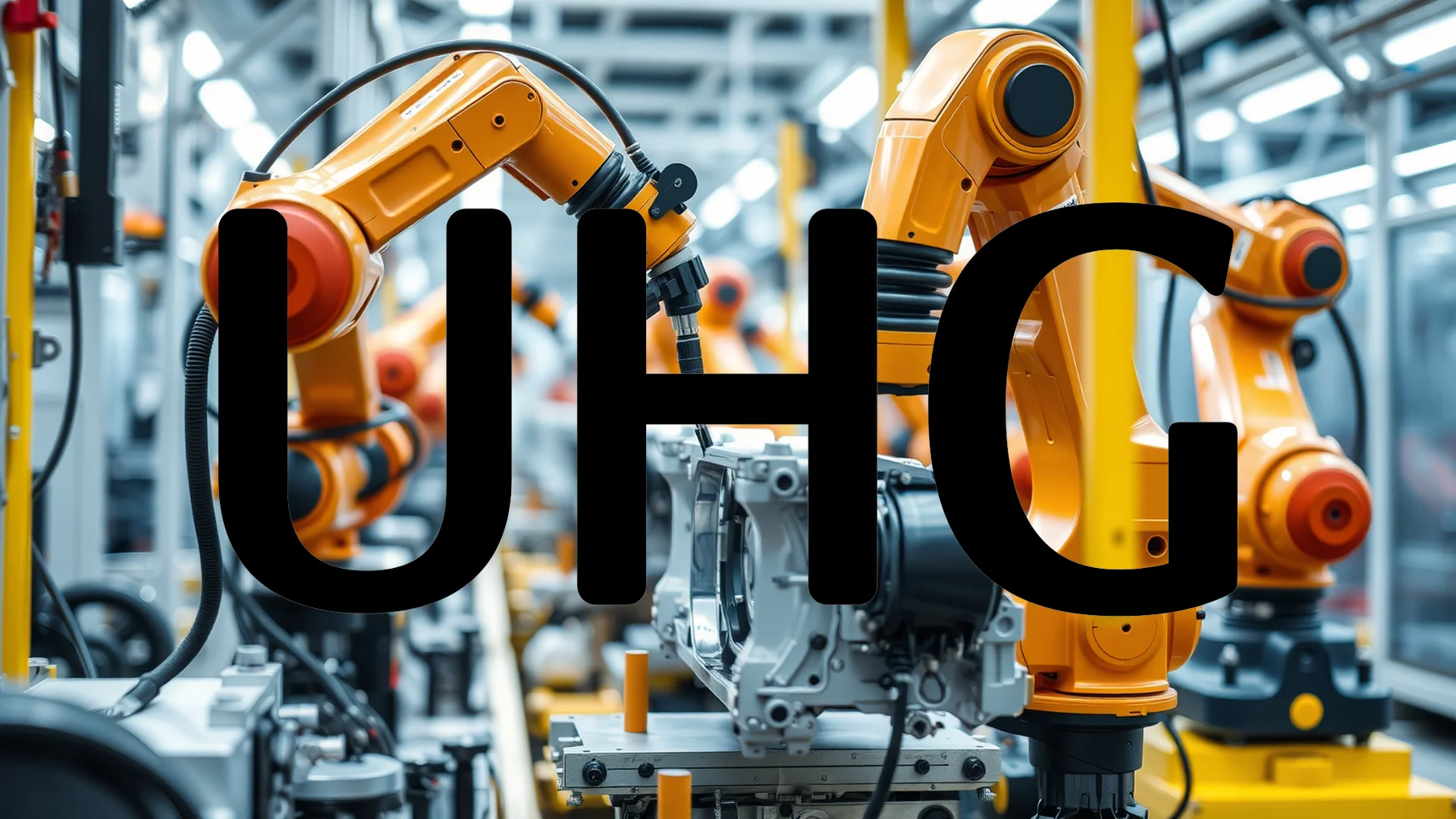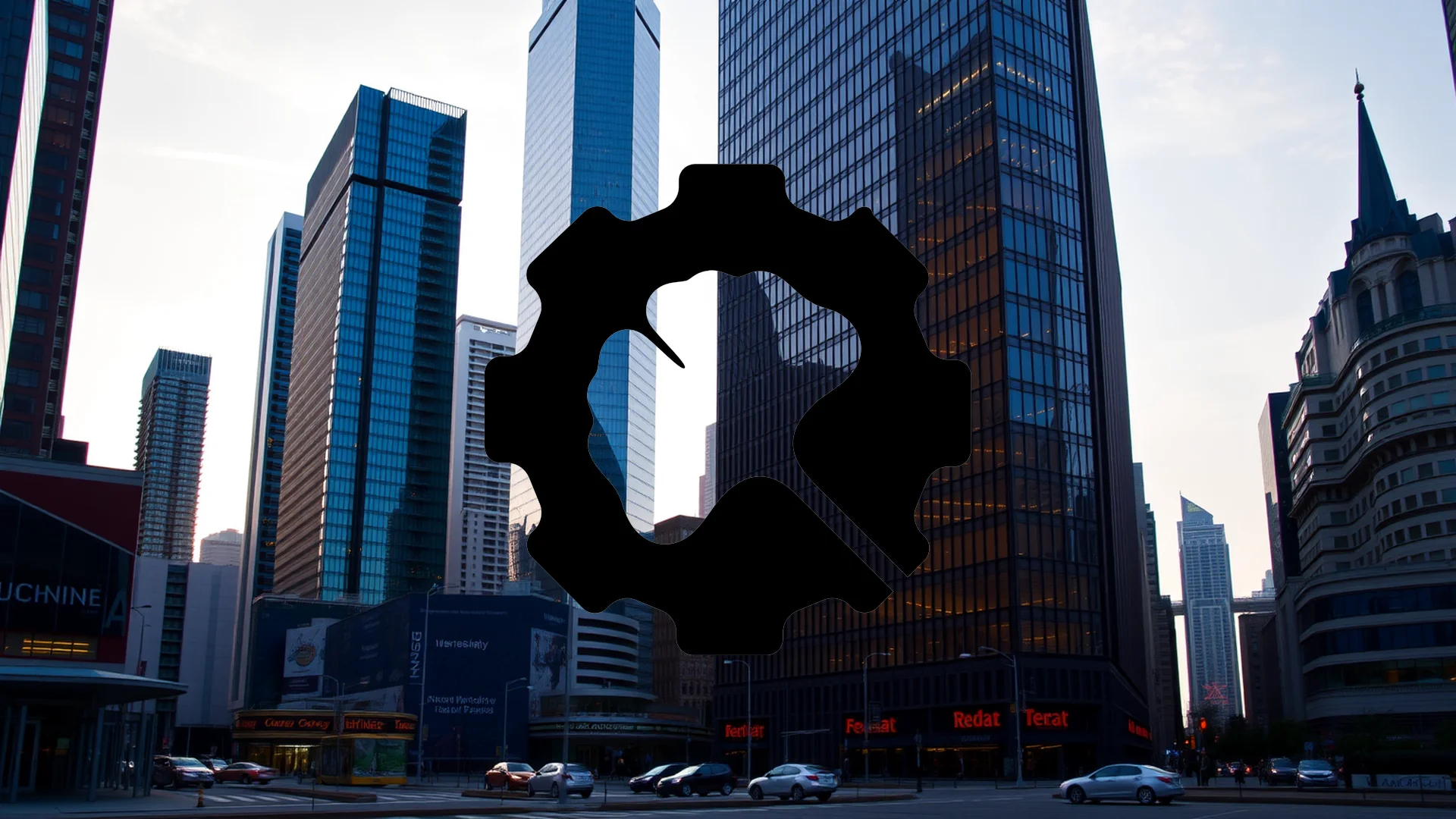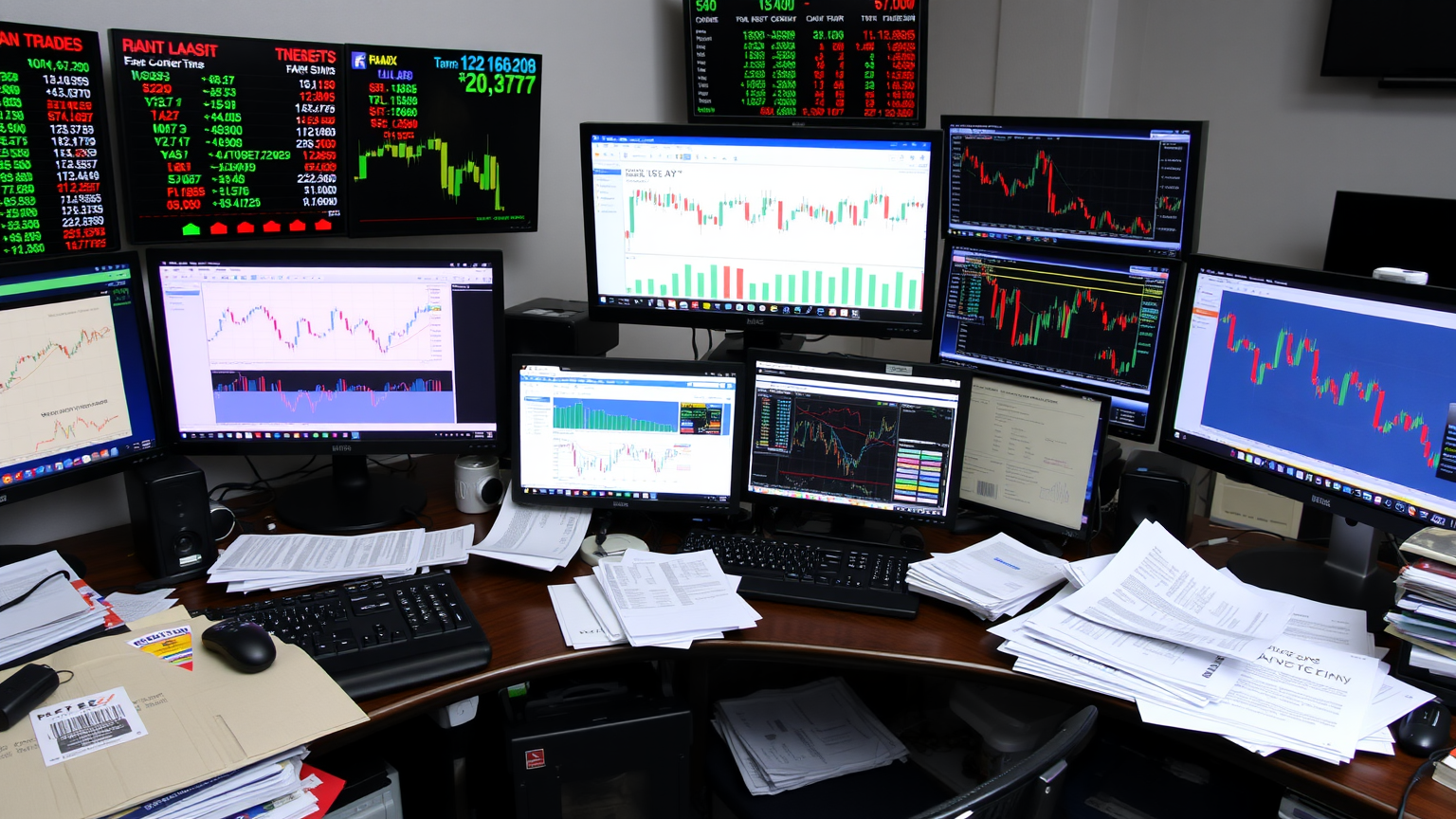Harley-Davidson is navigating a period of significant transformation, marked by a complete executive overhaul, regulatory challenges in key markets, and a strategic push for growth. The iconic motorcycle manufacturer finds itself at a pivotal juncture, balancing its rich heritage with the urgent need to adapt to modern market realities.
A New Captain at the Helm
The company’s leadership is undergoing a comprehensive renewal. Effective today, Artie Starrs assumes the role of Chief Executive Officer, succeeding Jochen Zeitz. Starrs, previously the CEO of Topgolf International, steps into his new position during a turbulent phase for the brand. This transition continues tomorrow with the elevation of Troy Alstead to the position of Chairman of the Supervisory Board. This sweeping change in the executive suite is seen as a critical move to inject new strategic direction into the organization.
Financial Re-engineering Shows Promise
On the financial front, a major strategic initiative announced in July is progressing successfully. The partnership with financial powerhouses KKR and PIMCO has begun to yield tangible results. By the end of August, the company had already sold portions of its securitized credit receivables, a transaction valued at over $230 million. The full completion of this deal is expected by the end of October, which is projected to unlock approximately $1.25 billion in fresh capital for the company. The initial announcement of this financial strategy had previously provided a substantial boost, driving the company’s share price up by nearly 20% in July.
Should investors sell immediately? Or is it worth buying Harley-Davidson?
Regulatory Headwinds in Asia
The company’s challenges were recently underscored by a regulatory setback in Japan. Last week, the Japanese competition authority imposed a fine of $1.4 million on Harley-Davidson’s local subsidiary. The penalty was levied due to allegations that the subsidiary enforced excessively high sales quotas on its dealers. This development triggered an immediate market reaction, causing the stock to decline by 4.1% and highlighting the pressures the manufacturer faces in its international operations.
Product Portfolio Evolution
Concurrently, Harley-Davidson is actively working to broaden its appeal and capture new customer segments. The product roadmap includes the launch of new cruiser models for 2025, followed by the planned introduction of the Night Rod in 2026. These efforts are designed to modernize the brand’s traditional image. The company is also demonstrating pricing flexibility in emerging markets; in India, for instance, Harley-Davidson has chosen to absorb newly introduced taxes on its X440 motorcycles to maintain their competitive pricing.
The central question for investors is whether this combination of new leadership, financial restructuring, and product innovation will be sufficient to reverse the company’s fortunes after a difficult year that saw its shares decline by almost 30%. The upcoming quarterly report, scheduled for release on October 23, may provide the first clear indicators of whether this new strategy is gaining traction.
Ad
Harley-Davidson Stock: Buy or Sell?! New Harley-Davidson Analysis from December 31 delivers the answer:
The latest Harley-Davidson figures speak for themselves: Urgent action needed for Harley-Davidson investors. Is it worth buying or should you sell? Find out what to do now in the current free analysis from December 31.
Harley-Davidson: Buy or sell? Read more here...


